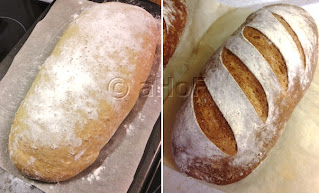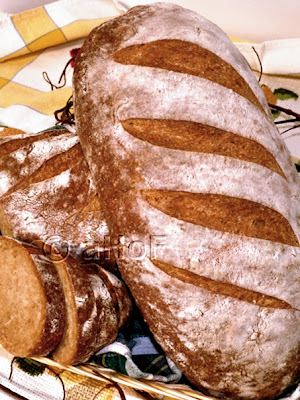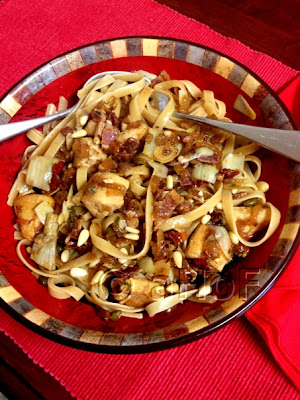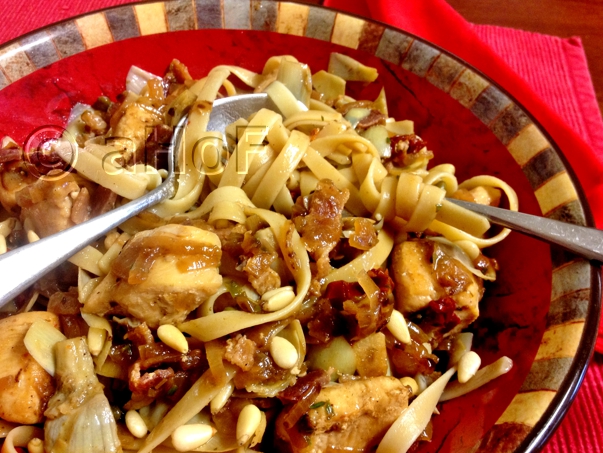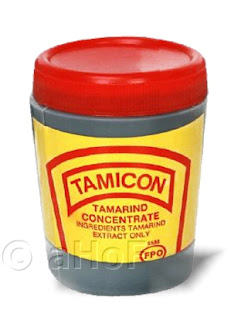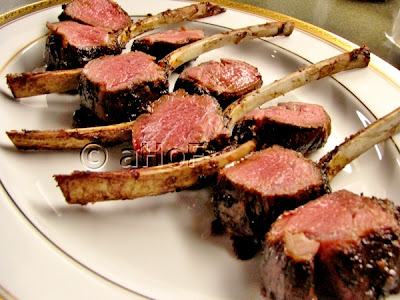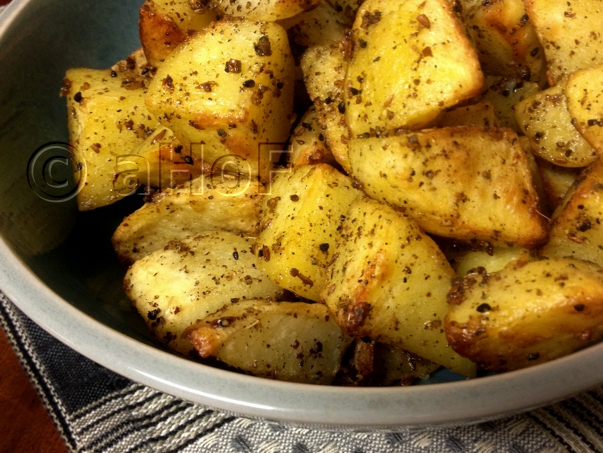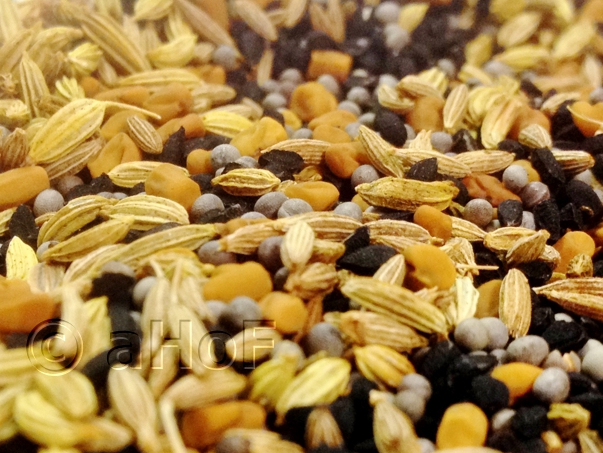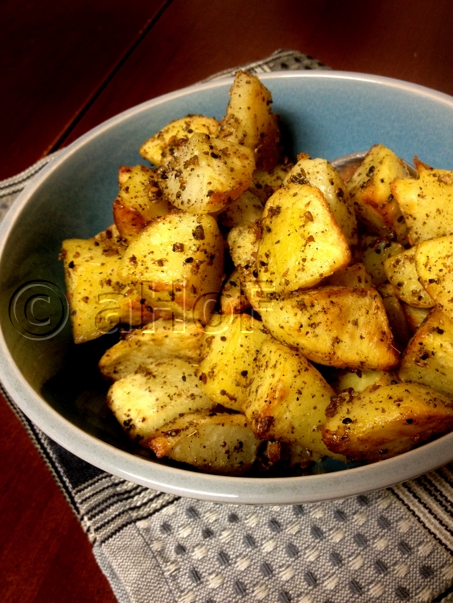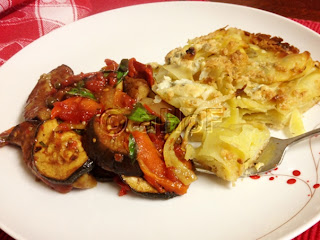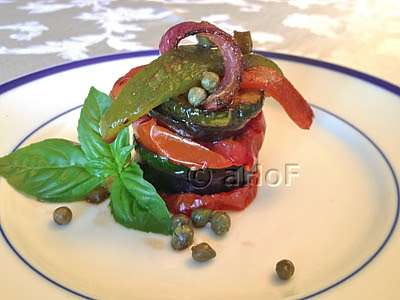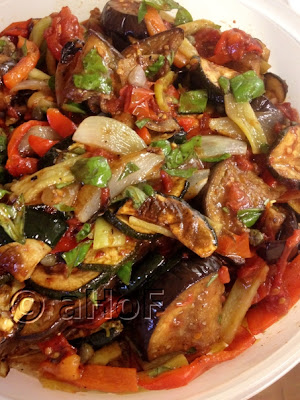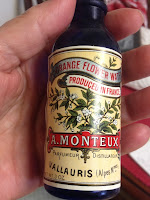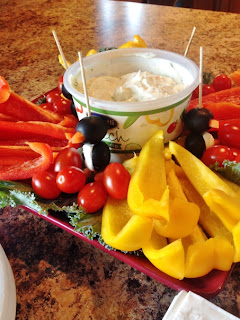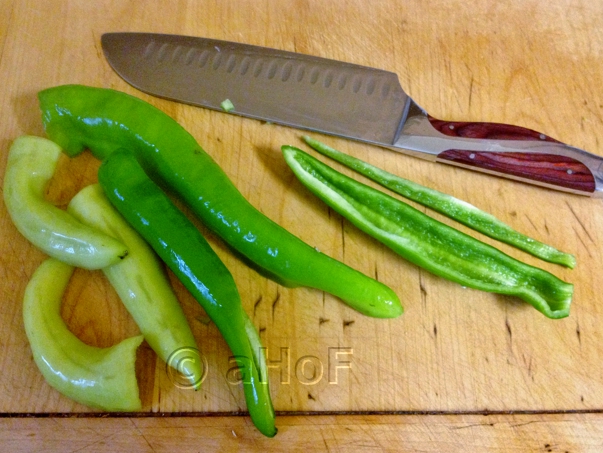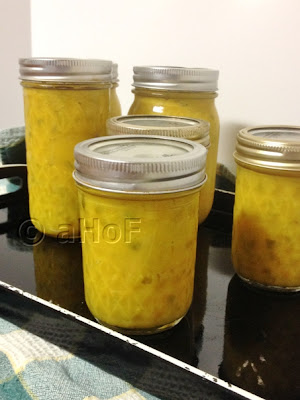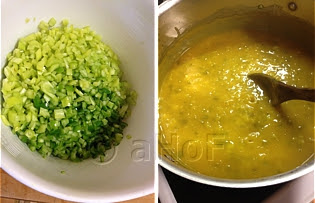What is Fenugreek?
 |
| Fenugreek Seeds, or Methi |
Parts
of the fenugreek plant are used as an herb, a vegetable and a spice. The leaves
of the fenugreek plant are used as an herb either fresh or dried, and can also
be counted as a fresh vegetable, used as microgreens or sprouts. The seeds are
used as a spice, either whole or ground, or may also be sprouted. Fenugreek is
most often used in Indian cuisine and around the Middle East. It is often called Methi.
Part
of the Fabaceae family of legumes, peas and beans, fenugreek (Trigonella foenum-graecum) is an annual
plant cultivated worldwide, though its largest producer is India. The leaves of
the plant are arranged in sets of three, very much like common clover seen
everywhere. Its flowers resemble flowers of the pea plant and are generally white or
pale yellow. The seeds are mustard-seed yellow in color and vaguely rectangle shaped.
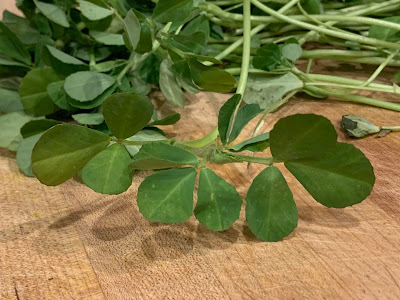 |
| Fresh Fenugreek Herb |
They
have a most distinctive sweet smell much like maple syrup, and in fact are used
to flavor artificial maple syrup, butterscotch syrup and others. Though the
seeds themselves are bitter, toasting them first removes some of the bitter
quality. In cooking, the seeds may be used whole (if soaked ahead of time) or
ground. When tasting Indian food, there is so often an indefinable flavor which
could be fenugreek. The bitter and sweet quality works well with other strong
flavors such as coriander, cumin and paprika, all commonly found in Indian
cuisine.
Many
cuisines use spice mixtures that include fenugreek seeds. A most common one is
Panch Phoron, a mostly Bengali “Indian five-spice”. The five spices in this
blend, generally left whole, are cumin seeds, nigella (often mistakenly called “onion
seeds”), black or brown mustard seeds, fennel seeds and
fenugreek seeds. The proportions in the blend are often equal parts of each
seed, but can also be equal parts of the first four and half the amount of
fenugreek because of its bitterness. For example:
Panch
Phoron
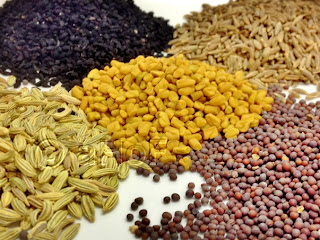 |
Nigella, Cumin, Fenugreek (center),
Fennel, Brown Mustard |
1 tablespoon cumin seeds
1 tablespoon nigella seeds
1 tablespoon brown mustard seeds
1 tablespoon fennel seeds
1½ teaspoon fenugreek seeds
Heat a dry skillet for 2 to 3 minutes. Place all the seeds in the skillet, tossing and stirring constantly until they are fragrant and lightly toasted. The mustard seeds will begin to pop. Pour onto a plate to cool, then store in a tightly sealed jar in a cool dark place. Shake well to distribute seeds evenly before using.
To use Panch Phoron, either add
the spices whole or smash the seeds slightly with a mortar and pestle first,
then add them at the beginning of cooking. Another option is to cook the seeds
in oil or ghee first, then add this fragrant oil to the dish either with the
seeds or without the seeds. Try smashing 1 or 2 tablespoons of the Panch Phoron
and mixing with about 4 pounds cubed potatoes, 1 teaspoon salt, 2 – 3 minced
garlic cloves and ¼ cup oil. Mix well and set on a rimmed baking sheet to bake
for about 45 minutes at 400 degrees, tossing once halfway through baking. Another
use for Panch Phoron is mixing the spices with red lentils (or any lentils)
when cooking.
Other cultures use fenugreek in
spice mixtures such as Berbere, an Ethiopian Spice Blend. This Ethiopian spice
blend is known for being fiery hot. If fiery hot chili blends are not your
thing, don’t let this stop you from trying out the flavors, regardless.
Remember, any time you mix up your own spice blend, you have complete control
over how hot and spicy, or completely mild you choose to make it. The rest of
the spice flavors will shine through without the chili’s heat. I used only ½ teaspoon
of cayenne in my recipe below, though I have seen recipes with up to 2
tablespoons. That is a lot of heat!
Some blends of Berbere
incorporate sautéed onion and garlic and mix the spices together into a paste.
For me, this will limit how long the mixture will last, so I prefer to use all
the spices dry and grind them to store in a jar in the cupboard as with other
spice blends. Here is my version of this mix :
Ethiopian Berbere Spice Blend
 |
| Berbere Spices |
2 teaspoons whole coriander seeds
1 teaspoon cardamom seeds
1 teaspoon black peppercorns
1 teaspoon whole fenugreek seeds
4 whole cloves
4 whole allspice berries
1-inch true cinnamon stick crumbled, or 1 teaspoon ground
½ cup dried onion flakes
¼ cup sweet paprika
(up to) 2 tablespoons cayenne, or omit if desired
1 teaspoon ground ginger
½ teaspoon ground nutmeg
In a hot, dry skillet, toast the whole seeds: coriander, cardamom, peppercorns, fenugreek, cloves, allspice and cinnamon if whole. Stirring constantly, heat spices through until very fragrant. 3 to 5 minutes, depending on how high the heat. Pour spices onto a plate to cool. Place the cooled spices into a spice grinder with the onion flakes and grind to a powder. Mix all ingredients together well with the paprika, cayenne, ginger and nutmeg and store in an airtight glass jar in a cool, dark place.
Use this spice blend to season
chicken stew, mix it into meatballs, mix with olive oil and use as a rub for
meats or chicken, mix it with sour cream and or yogurt as a dip, sprinkle it
over top of pizza. Let your imagination go wild.
Health Claims
There
are many claims of possible health benefits from fenugreek. I am no doctor,
scientist or anyone with knowledge about this kind of claim. For what it’s
worth, I will pass some of this along anyway. In some places fenugreek seeds
are used as a natural herbal medicine for diabetes. They are supposed to aid in
the prevention of breast cancer, and also help new mothers produce more milk. They
may help reduce cholesterol. They may reduce calcium oxalate in the kidneys
and aid in reducing kidney stones. They may lessen the chance of producing
colon cancer. Topically, the gelatinous soaked seeds may soothe skin irritated
by eczema and other conditions, or applied as a poultice to relieve muscle
aches or gout. Be frugal with the amount of fenugreek you consume at one time. While fenugreek tea is soothing for the stomach and relieves gas, too much
may cause diarrhea.
 |
| Dried Fenugreek Leaves or Kasuri Methi |
If fenugreek has not yet become a part of your life, whether in cooking, as tea, for salads, or other, try it out in some capacity. It adds interest and gives subtle flavor. If Indian or Ethiopian recipes are not to your taste, the spice itself or in a mixture such as Panch Phoran or Ethiopian Berbere Spice in a recipe of choice. Panch Phoran can easily be ground, to give these flavors use without chewing on the seeds. Try the Ethiopian Berbere Spice as a rub for meats. The versatility is endless.
My passion is teaching people how to create a harmony of flavors with their cooking, and passing along my love and joy of food, both simple or exotic, plain or fancy. I continue my journey in ethnic and domestic cuisines, continuing my journey to explore diverse culinary experiences and hopefully to start you on a journey of your own. Join me also at A Harmony of Flavors on Facebook, and Pinterest.


